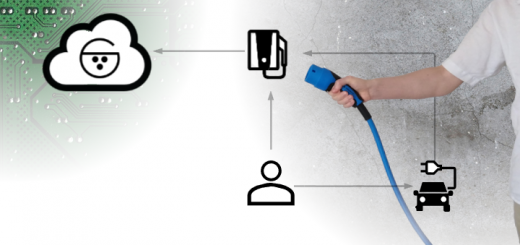Up to version 2.0, the Open Charge Point Protocol (OCPP) used the term “Charge Point” to describe a charging station. A charging station has several charge connectors, each of which supports one or many plug types.
Now, Roaming platforms are not interested in charging stations, they are just interested in public charging connectors. From a roaming platform’s point of a view, the following questions are important:
- Where is a charging connector?
- Is it available or being used?
- When and how will it be available?
- Which plug types are being supported?
- How much current/power is being offered?
On the other hand, it is entirely irrelevant whether several of the charging connectors belong to the same charging station, or which settings or geo-position it has. While the CPO back-end must depict the infrastructure 1:1 (for example to enable maintenance), the roaming platform always takes the user’s view.
So roaming providers, especially Hubject’s Open Intercharge Protocol (OICP), redefined the term “chargepoint” in a way that it described a charge connector instead of a charging station.
To avoid the resulting chaos, we avoid the term “Charge Point” entirely in Gridware.
The OCPP acknowledged that: Since version 2.0 the term “charge point” has been avoided. The Charge Point Management System (CPMS) was even renamed into Charging Station Management System (CSMS).
But the OCPP went even a step further: even the term “charge connector” has been avoided… now those are called “EVSE”.



